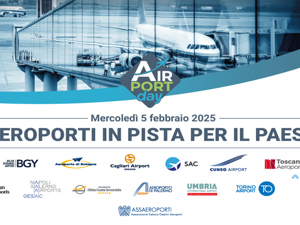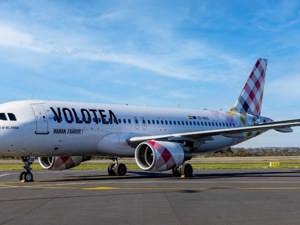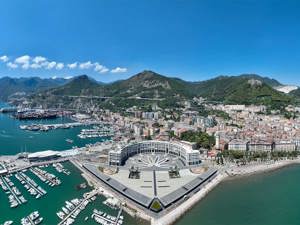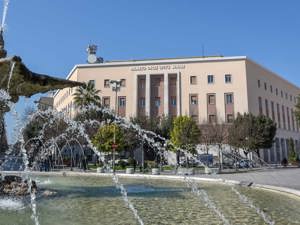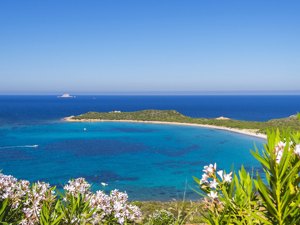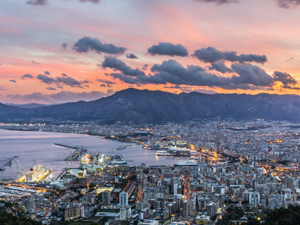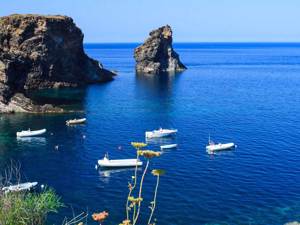





September 19 is the day on which the martyrdom of San Gennaro is remembered in Naples. The festival, which recalls the miracle of blood liquefaction, is a popular ceremony of great visual and emotional impact. The entire population meets in the streets and alleys and then reach the Duomo where the event takes place with the liquefaction of the Saint's blood. Neapolitan women pray with great theatricality while they wait for the blood, kept in two glassy balsamari, to perform the miracle of liquefaction.

www.incampania.com
Partnership with Booking.com
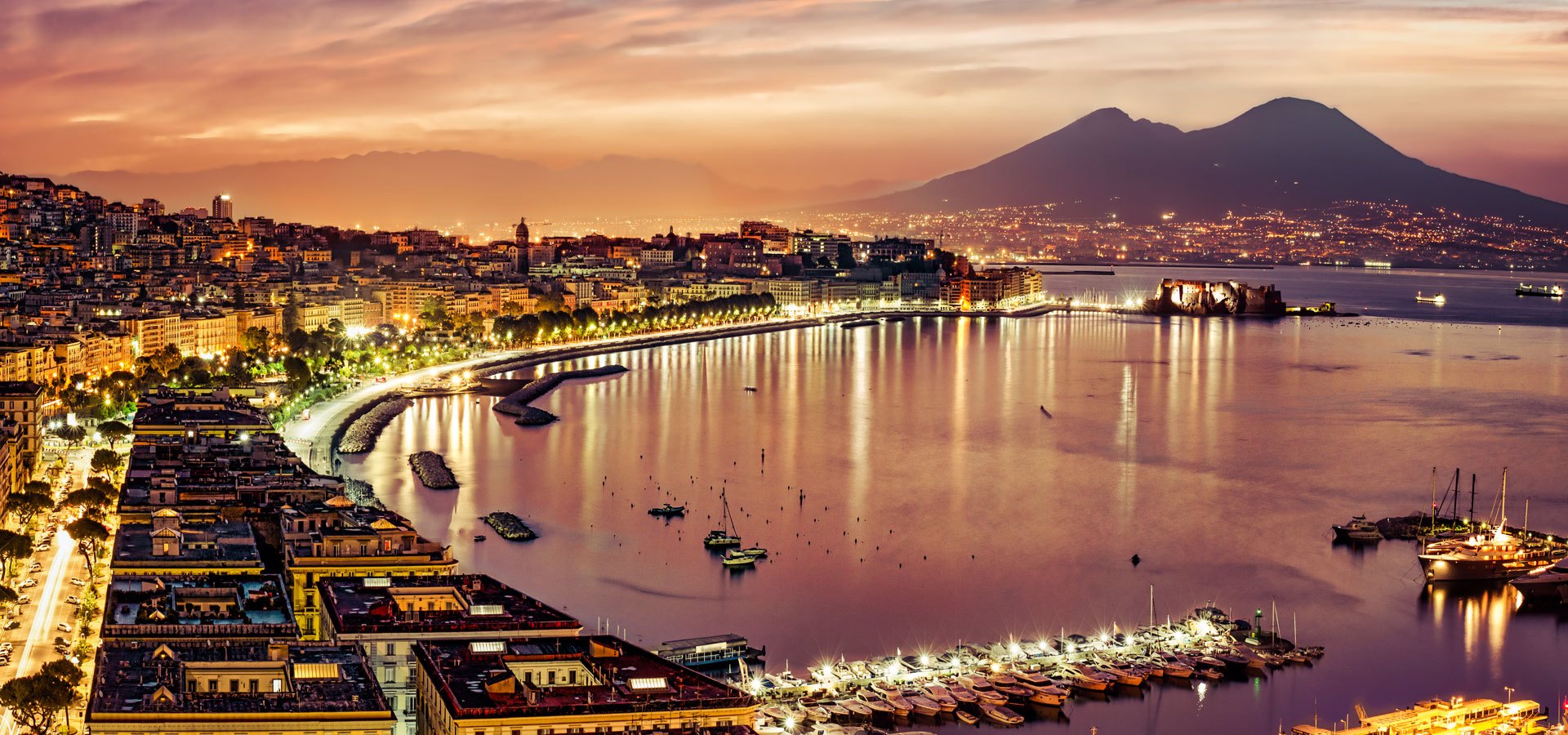

The Royal Palace of Naples is the major Neapolitan museum of the Renaissance, of the Baroque and Rococo. In 1601 the Count of Lemos decided to built a modern residence, open porches and balconies, spacious and well decorated, according to the classical style. Entrusted the works to Domenico Fontana that concluded it in 1644. In the middle of the nineteenth century, Gaetano Genovese realized the spectacular façade and the hanging garden. The Palace square, Piazza del Plebiscito, as in the past, is still one of the centres of state power in Naples with the headquarters of the Military Command and the Prefecture.

Made in Angevin period, the religious building of the Basilica underwent numerous interventions, especially after earthquakes and fires, that have changed the original appeance. At the end of the eighteenth century, particularly interesting was the intervention of Luigi Vanvitelli and his son Carlo, detectable in the façade and columns. Inside, interesting to see the 44 Corinthian columns that join the nave and side chapels and the numerous works of art.

The National Archaeological Museum is the most important archaeological museum in Europe thanks to a rich collection of coins, an Egyptian section and a series of rooms which house pieces of exceptional importance. Among these, do not miss the big mosaic which represents “The battle of Alexander at Isso”, the “Toro Farnese”, the group of the Tyrannicides, the Tables of Eraclea and the rooms of the Temple of Isis. There are sculptures, wall paintings, mosaics, arms, terracottas, vases, objects made of bone and ivory and and jewelry.

The City of Science, a structure of about 12.000 mq, is the first Italian "Science Centre". Overlooking the Gulf of Pozzuoli, houses a number of laboratories and a great planetarium. In large industrial buildings, date back to the mid-800, the Science Centre offers an interactive journey into the world of science and technology with original interpretations, experiences, references to the art and culture of our time.
The Madre Museum, in the historical centre of Naples, is hosted in the 19th century Palazzo Donnaregina that in 2005, on design of the Portuguese architect Álvaro Siza Vieira, was restored and turned into a museum. 7.200m2 of exhibition space with installations, permanent collection and temporary exhibitions. It house also a permanent collection with works by Francesco Clemente, Jannis Kounellis, Luciano Fabro, Giulio Paolini, Richard Long, Sol LeWitt, Mimmo Paladino, Richard Serra, Domenico Bianchi, Rebecca Horn and Jeff Koons.
The rests of the Archaeological complex of Vico Carminiello to Mannesi is a Roman archaeological site dating back to imperial age and come to light in the 1943 as a result of bombardments during the Second World War. The building, which presumably was part of a residential complex dating from around the first century AD, was to accommodate the lower level service areas, while upstairs are recognizable a rectangular pool and a smaller pool with a central fountain. Instead, the spa area was in the southern part of the building.

Priority entrance with archelogo to discover the ancient city of Pompeii. Pompeii from Naples: 2-hour small-group tour with an archeologist.

 Capri Photo: Copyright © Sisterscom.com / Shutterstock
Capri Photo: Copyright © Sisterscom.com / Shutterstock





